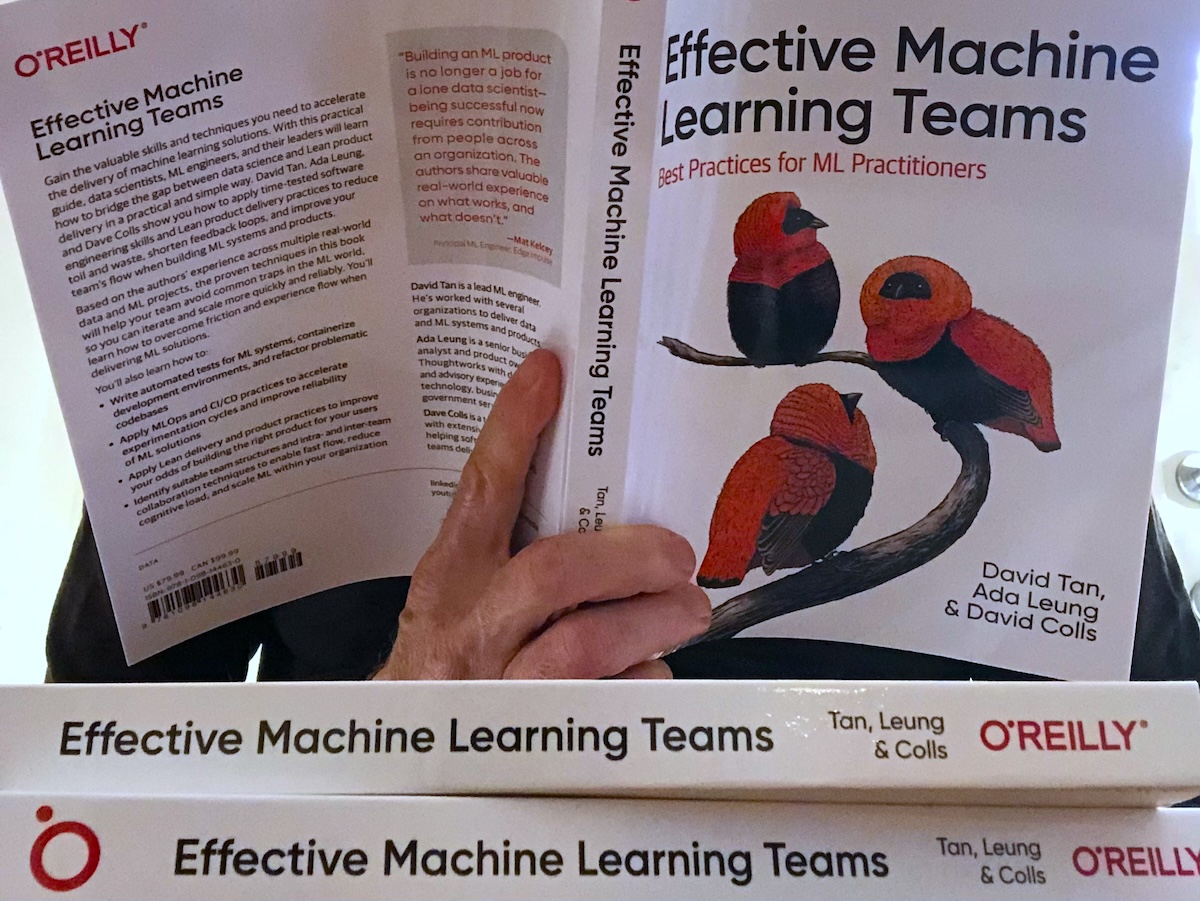Category: Design
-

Ur Uber
The other day a former classmate described a project of mine in 2010 as “the idea for Uber before Uber was even a thing”. Nearly 15 years later, I thought it would be interesting to pen some reflections on how we came by the idea and why we didn’t pursue it. Mowbb Mowbb (I regret…
-

A resilient charging planner
Check out the prototype of trippler, an interactive charging planner for resilient EV road trips. Based on my own EV road trip experience, trippler is as much about easily understanding charging options and contingencies, to reduce charger anxiety, as it is about coming up with a single best plan. Features Simply enter the start and…
-

Data complications
Solving EV charger anxiety used maths for better road trips, but skipped over using real data. Let’s fix that, or at least try to… The easy bits I used Open Route Service to find a base route to a destination and and Open Charge Map to find chargers near the route – thank you to…
-

Solving EV charger anxiety
Many EV adventures are accessible using the charging network in Victoria, but faulty chargers still have the potential to induce charger anxiety on road trips. Planning apps–EV drivers’ constant companions–may not fully solve this when the reported status of chargers is unreliable and faults are prevalent. As a driver, I want resilient plans that already…
-

Effective Machine Learning Teams in print
My book Effective Machine Learning Teams is now in print! Building ML solutions requires multi-disciplinary collaboration. EMLT shows how to use design practices to identify the right products, how to apply good data science and software engineering practices to build products right, and how to structure ML teams and organisations so that they are right…
-

A gentle introduction to embeddings at the inaugural GenAI Nework Melbourne meetup
I was thrilled to help kick-off the GenAI Network Melbourne meetup at their first meeting recently. I presented a talk titled Semantic hide and seek – a gentle introduction to embeddings, based on my experiments with Semantle, other representation learning, and some discussion of what it means to use Generative AI in developing new products…
-

22 rules of generative AI
Thinking about adopting, incorporating or building generative AI products? Here are some things to think about, depending on your role or roles. I assume you’re bringing your own product idea(s) based on an understanding of an opportunity or problems for customers. These rules therefore focus on the solution space. Solutions with generative AI typically involve…
-

Throwback Thursday
The metaverse is a topic currently, though the concept has a long history. Twenty years ago, in the dotcom era, I was exploring this space, as I was recently reminded. Feeling nostalgic, I dug these projects out of the NAS archives. Tech has moved on, but there’s enduring relevance in what I learned. VO2max (1999)…
-

Synthesising Semantle Solvers
Picking up threads from previous posts on solving Semantle word puzzles with machine learning, we’re ready to explore how different solvers might play along with people while playing the game online. Maybe you’d like to play speed Semantle against an artificially intelligent opponent, maybe you’d like a left-of-field hint on a tricky puzzle, or maybe…
-

Bridging the linguistic inclusion gap with AI
It was great to be able to reflect with colleagues on common themes running through Thoughtworks’ work in languages and technology. In various scenarios, with different technology approaches, we worked to improve the inclusiveness of solutions, pointing to a more linguistically inclusive future. https://www.thoughtworks.com/insights/blog/machine-learning-and-ai/how-ai-could-bridge-the-linguistic-inclusion-gap